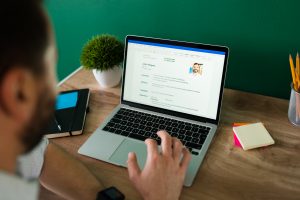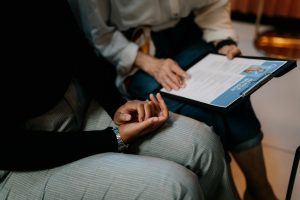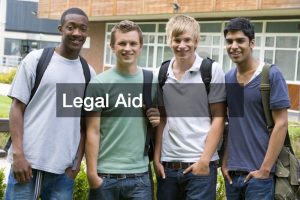Several disabilities can affect students in their educational endeavors. The most common ones include ADHD, dyslexia, and autism. Each disorder has challenges and can make learning more difficult for those affected. However, with the right accommodations and support, students with disabilities can succeed in school just like their peers. In this article, you’ll learn more about the most common disabilities in students and how they can be overcome.
Learning Disability
The first and most common disability among students is learning disabilities. These disorders can make it difficult for individuals to process and comprehend information. Some common learning disabilities include dyslexia, ADHD, and dyscalculia. According to the National Center for Learning Disabilities, nearly 20% of American students have a learning disability.
If you notice your child is having difficulty in school, it’s essential to have them evaluated by a professional. There are many disability solutions available that can help your child succeed in school. You can use any of such efficient learning disabilities solutions to ensure your child gets all the possible help for studying. These solutions can aid the learning procedure and help a child suffering from learning disabilities. The right organization will offer accommodations, support, and resources to help your child reach their full potential.
Mobility Disability
Mobility disabilities affect a person’s ability to move around. Students with mobility disabilities may use wheelchairs, scooters, or other assistive devices to get around. Some common mobility disabilities include cerebral palsy, muscular dystrophy, and spina bifida. According to the National Center for Education Statistics, about 4% of students have a mobility disability. It is difficult for students with mobility disabilities to get around, but some accommodations can help. For example, many schools have wheelchair-accessible classrooms and bathrooms. Several assistive technology devices can help students with mobility disabilities participate in class.
Intellectual Disability
Intellectual disabilities can make it difficult for individuals to learn and process information. Intellectual disabilities can be mild, moderate, or severe. Some common intellectual disabilities include Down syndrome, Fragile X syndrome, and Williams syndrome. According to the National Center for Education Statistics, about 3% of students have an intellectual disability. Students with intellectual disabilities may need special education services and support. It’s essential to be supportive and understand that students with intellectual disabilities are capable of learning.
Emotional Disturbance
Emotional disturbance can make it difficult for students to focus and succeed in school. Some common emotional disturbances include anxiety, depression, and bipolar disorder. According to the National Center for Education Statistics, about 5% of students have an emotional disturbance.

Students with emotional disturbances may need counseling and other support services. That’s why it’s essential to have a school counselor or psychologist on staff. These professionals can help students with emotional disturbances succeed in school.
Visual Impairment
Visual impairments can make it difficult for students to see and process information. Some common visual impairments include blindness, low vision, and color blindness. Students with visual impairments may need Braille textbooks, large print materials, or assistive technology devices. To make sure that the children are receiving the best education possible, it is essential to have teachers that are trained in working with students who have visual impairments.
Deaf or Hard of Hearing
Deaf or hard-of-hearing students may have difficulty communicating and processing information. Some deaf or hard of hearing students use sign language to communicate, while others use lip reading or a combination of both.
Students who are deaf or hard of hearing may need special education services and support. Although it’s rare, some schools have deaf or hard-of-hearing programs. These programs are designed to meet deaf or hard-of-hearing students’ unique needs.
Autism Spectrum Disorder
Autism spectrum disorder (ASD) is a developmental disability that can affect communication and behavior. ASD can range from mild to severe. Some common symptoms of ASD include difficulty with social interaction, repetitive behaviors, and problems with communication.
According to the National Center for Education Statistics, about 1% of students have ASD. There have been cases where students with ASD have been mainstreamed into regular classrooms. However, most students with ASD need special education services and support. And it’s very important to have a team of professionals, including a speech therapist and occupational therapist, to help students with ASD succeed in school.
Conclusion
Students with disabilities can succeed in school when they receive the proper accommodations and support. There are a variety of disabilities that students may have, such as intellectual disability, emotional disturbance, visual impairment, deafness or hard of hearing, and an autism spectrum disorder. Each type of disability requires different accommodations and support. That’s why it’s important to have a team of professionals, including teachers, counselors, and therapists, to help students with disabilities succeed in school. Hope this article helps shed some light on the different types of disabilities that students may have.






